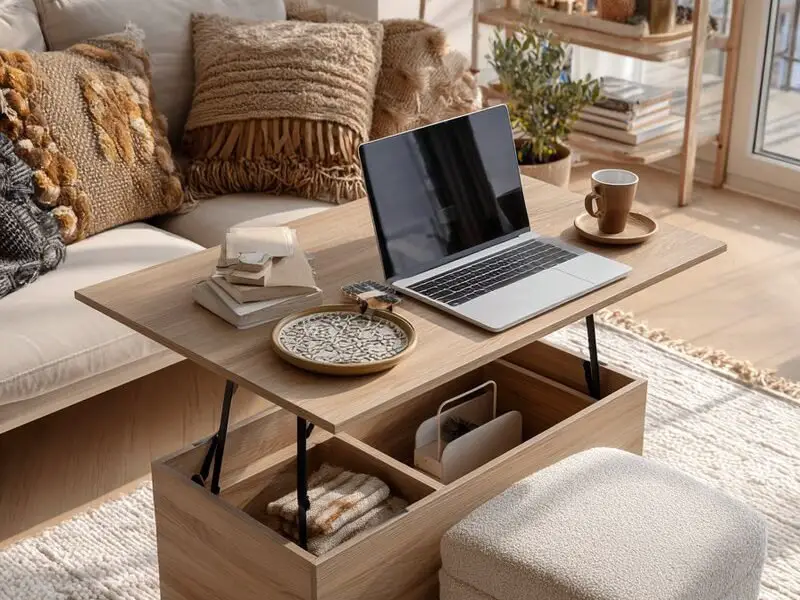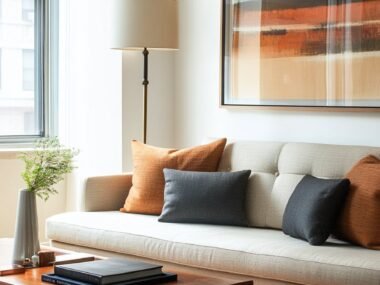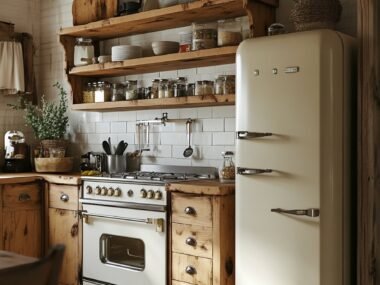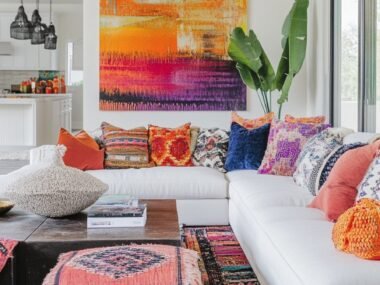Dreaming of stylish, comfortable living but faced with compact square footage? You’re not alone. Millions navigate the challenges of living in small apartments, where every inch truly counts. While the idea of limited space might initially feel restrictive, embracing a small footprint actually opens up a world of creative possibilities for organization, design, and efficiency. Discovering the 15 Best Living in a Small Apartment Tips can transform your perception of tight quarters, turning perceived limitations into functional, cozy, and beautiful realities.
In this article, we’ll explore actionable strategies and expert insights tailored specifically for optimizing small spaces. We’ll cover everything from clever furniture choices and innovative storage solutions to mindful decluttering techniques and optical illusions that make rooms feel larger. By implementing these small space living tips, you’ll learn how to curate a home that feels spacious, organized, and perfectly suited to your lifestyle, proving that big style can indeed come in small packages.
1. Master the Art of Decluttering Regularly
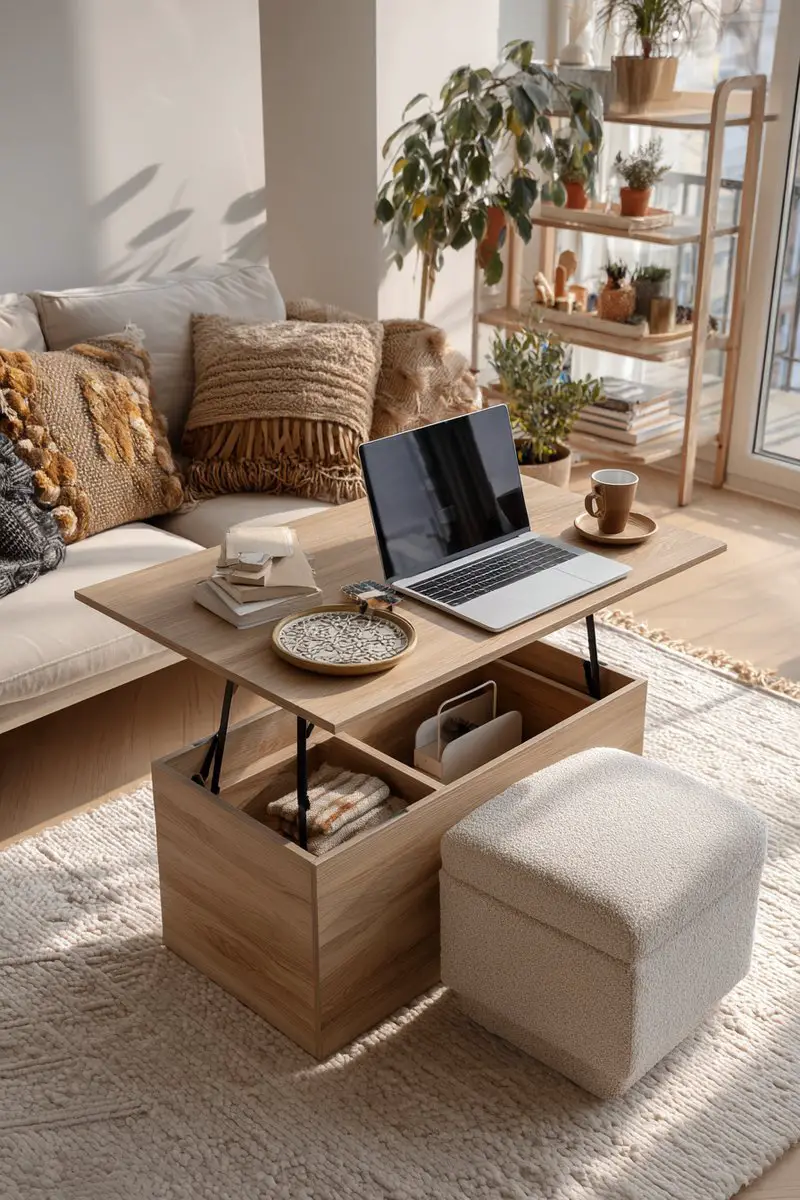
The most fundamental step in conquering small space living is relentless decluttering. Clutter doesn’t just look messy; it actively consumes precious square footage, making rooms feel smaller and more chaotic. Regularly paring down your possessions ensures that everything you keep truly serves a purpose or brings you joy. For example, implement a ‘one in, one out’ rule, meaning for every new item that enters your apartment, an old one must leave.
According to professional organizer Sarah Jenkins, founder of ‘Space Savvy Solutions’, “Decluttering isn’t a one-time event; it’s an ongoing practice. In a small apartment, excess items amplify visual noise and reduce functionality. Focus on quality over quantity and be honest about what you actually use and need.” Think about that stack of magazines you haven’t touched in months or the clothes you haven’t worn in a year.
Practical Tip: Schedule dedicated, short decluttering sessions weekly or monthly. Tackle one small area at a time, like a single drawer or shelf. Consider the ‘four-box method’: keep, donate, trash, and relocate. Furthermore, embrace digital alternatives for physical items like books, papers, and photos.
Once you’ve cleared the excess, consider smart storage solutions that help maintain order.
2. Embrace Vertical Storage Solutions

When floor space is limited, the only way to go is up! Utilizing vertical space is a game-changer in small apartments. This includes everything from tall bookshelves and wall-mounted shelving units to over-the-door organizers and floor-to-ceiling storage cabinets.
Vertical storage draws the eye upward, not only providing ample storage but also creating a sense of height and spaciousness. Instead of low, sprawling storage, opt for narrow, tall pieces. For instance, a slim pantry cabinet in the kitchen or a tall, narrow dresser in the bedroom can hold significantly more than their wider, shorter counterparts without taking up valuable floor real estate.
“Vertical storage is non-negotiable in small spaces,” says Interior Designer Mark Lawson of ‘Urban Design Lab’. “It leverages unused wall space, freeing up floors and countertops. Look for modular systems you can configure to fit your specific needs and awkward corners.” Consider floating shelves for displaying decor or storing books, or tall, narrow bookcases in the living room.
Practical Tip: Install shelves above doorways or windows for seldom-used items. Use wall-mounted racks for bikes, tools, or even extra chairs. In the kitchen, mount pot racks or magnetic knife strips to free up drawer and counter space. Make sure items stored high are lighter and less frequently accessed.
Maximizing wall space is just one piece of the puzzle; making your furniture work harder is equally crucial.
3. Invest in Multi-Functional Furniture
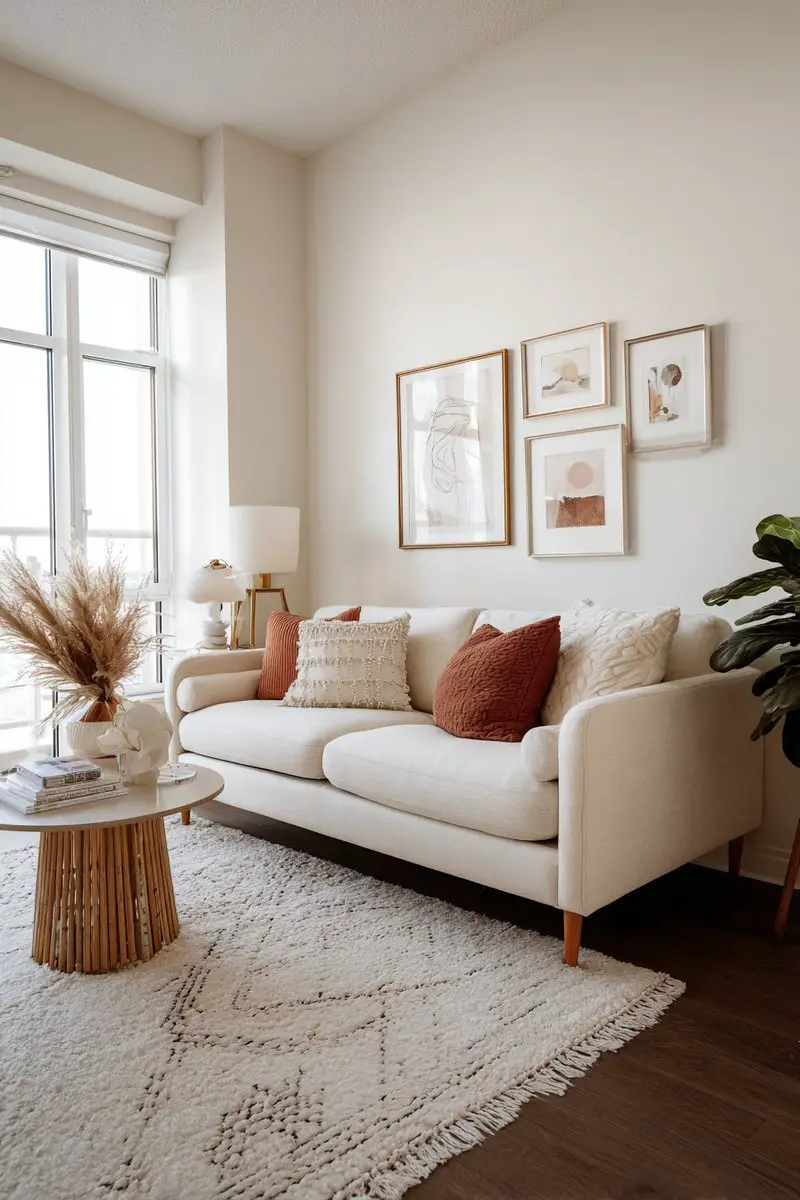
Every piece of furniture in a small apartment should ideally serve more than one purpose. This is where smart design truly shines. A sofa that folds out into a bed, an ottoman with hidden storage, a coffee table that lifts up to become a workspace, or a dining table that extends are all excellent examples.
Consider a murphy bed that folds into the wall, instantly transforming a bedroom into a living room or office during the day. Or perhaps a console table that can open up into a full dining table for guests. These pieces are designed to maximize flexibility and utility in limited spaces. They allow you to adapt your space to different activities throughout the day.
Real estate agent Maria Rodriguez, specializing in city apartments, notes, “Buyers and renters in small spaces are actively seeking features like built-in storage and flexible furniture. It adds perceived value and makes the space infinitely more livable. A good sofa bed can turn a studio into a one-bedroom when company visits.” Look at brands like IKEA, West Elm, and Wayfair, which offer numerous multi-functional pieces designed for compact living.
Practical Tip: Before buying any furniture, consider all the ways you might use the space and choose pieces that can accommodate those different needs. Measure carefully to ensure the furniture fits and doesn’t overwhelm the room when in its extended or alternate state. Don’t forget pieces like storage benches or desks that fold away.
Selecting the right furniture size and scale is just as important as its functionality.
4. Choose Furniture Proportional to the Space
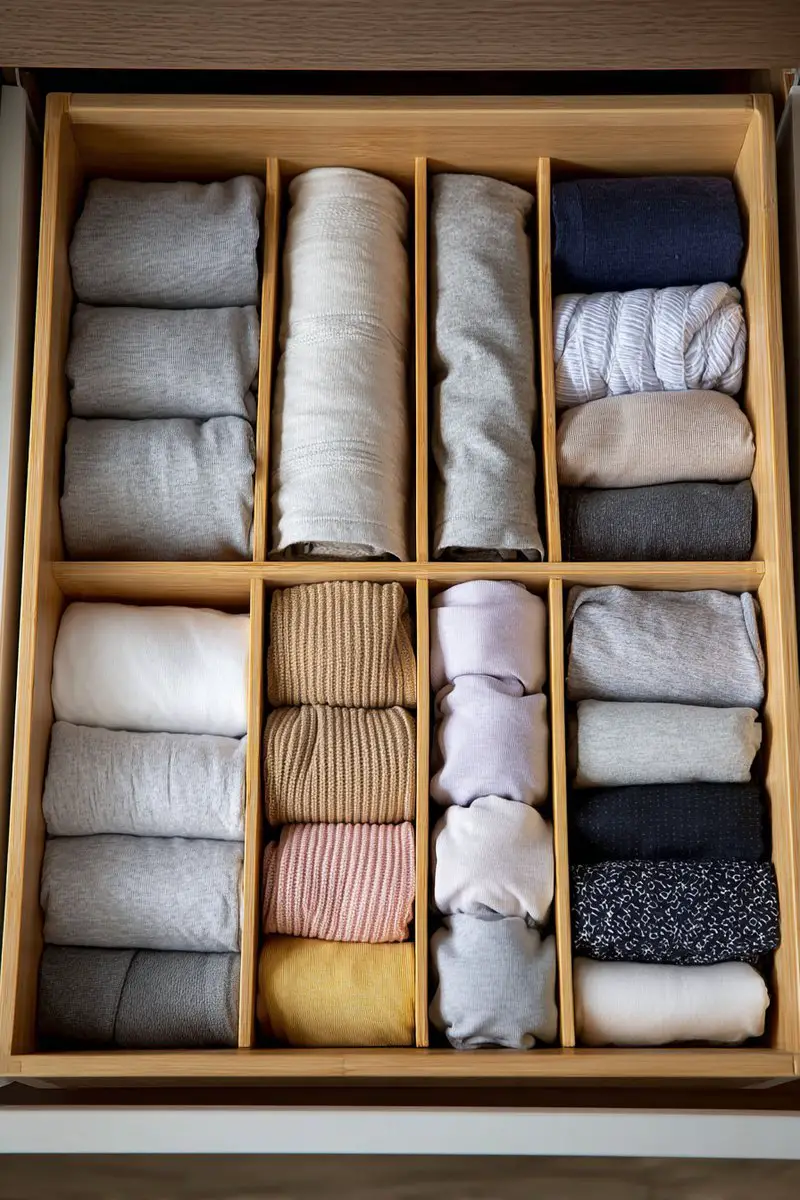
While you might be tempted to buy that massive, plush sectional sofa, oversized furniture can quickly make a small apartment feel cramped and cluttered. Instead, opt for furniture that is appropriately scaled for the room. This means smaller armchairs, loveseats instead of full sofas, and narrow side tables.
Look for furniture with clean lines and exposed legs. Pieces that sit higher off the ground create a sense of lightness and allow light and air to flow underneath, contributing to a feeling of openness. For example, choose a dining table with a pedestal base rather than bulky legs, or a sofa with slim arms and tapered legs.
Using too many small, disparate pieces can also make a room feel cluttered. Sometimes, one or two medium-sized, well-chosen pieces are better than several small ones. For instance, a single, well-proportioned armchair is better than two tiny, awkward chairs.
Practical Tip: Map out your furniture arrangement using painter’s tape on the floor before buying. This helps visualize the scale and flow. Opt for pieces with streamlined profiles and minimal bulk. Consider backless stools or benches for seating that can tuck away easily.
Beyond furniture layout, thoughtful organization within your existing storage is key.
5. Optimize Closet and Drawer Organization
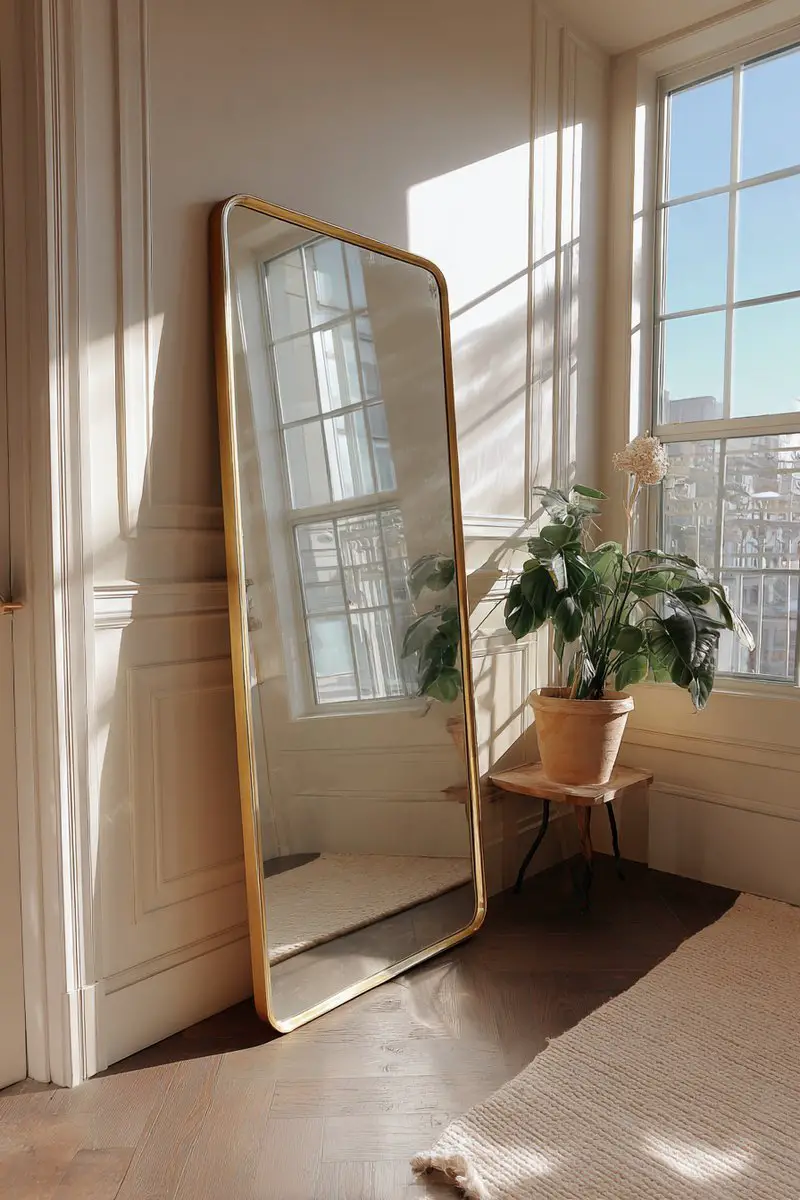
Closets and drawers are prime real estate in a small apartment, and optimizing them is crucial for maximizing storage capacity. Don’t just shove things in; implement systems that make every cubic inch work for you.
Utilize closet organizers, including shelving systems, double-hanging rods, shoe racks, and drawer dividers. Vacuum-seal bulky seasonal clothing or bedding to significantly reduce their volume. For drawers, use dividers for clothing, utensils, or office supplies to keep items neat and easily accessible. Rolling clothes instead of folding can also save drawer space.
Consider using slim hangers to maximize rod space in closets. For deep drawers, use vertical dividers to file items rather than stacking them flat. This method is particularly effective for clothing like t-shirts, jeans, and sweaters.
Practical Tip: Purge your closets and drawers ruthlessly before organizing. Invest in matching storage bins or baskets for a clean, uniform look. Label bins so you know exactly what’s inside without having to rummage. Use the back of closet doors for hooks or hanging organizers.
Once your storage is optimized, focus on making the space feel bigger through design tricks.
6. Strategically Use Mirrors to Expand Space
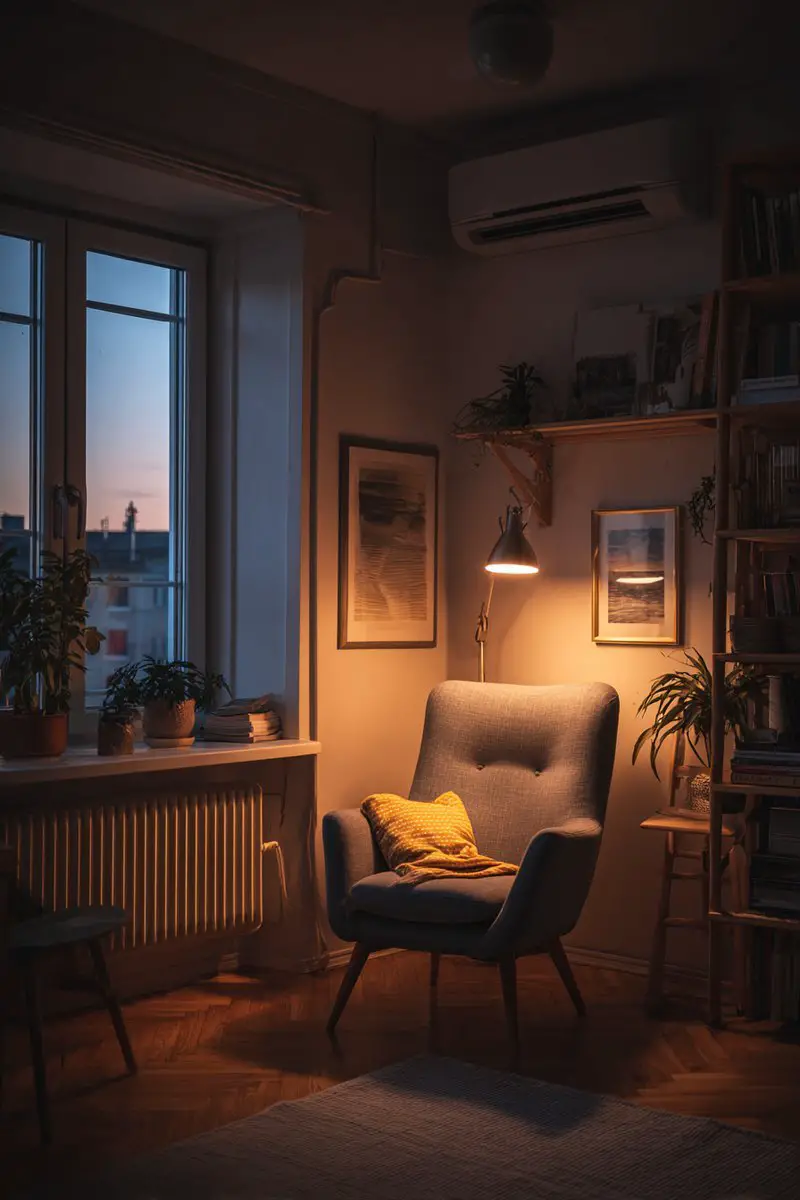
Mirrors are a designer’s secret weapon for making small spaces feel larger and brighter. They reflect light, both natural and artificial, and create the illusion of depth and more square footage.
Placing a large mirror opposite a window is a classic technique that bounces light deeper into the room, making it feel more open. A floor-length mirror leaning against a wall can make the room feel taller. Alternatively, arranging a collection of smaller mirrors can create a focal point while still contributing to the sense of light and space.
Think beyond just wall mirrors. Mirrored furniture or cabinet fronts can also add a touch of glamour while enhancing the feeling of spaciousness. Even a well-placed mirrored tray on a coffee table can help reflect light and open up a surface.
Practical Tip: Consider the reflection; what do you want the mirror to show? Place mirrors strategically to reflect attractive parts of your apartment or views from windows. Ensure mirrors are well-lit, as dark reflections won’t achieve the desired effect. Clean your mirrors regularly to maintain their light-reflecting properties.
Lighting is another critical element in making a small space feel more expansive.
7. Layer Lighting Effectively

Good lighting is essential in any home, but it’s particularly crucial in small apartments to avoid dark, claustrophobic corners. Relying solely on a single overhead light can create harsh shadows and make the space feel flat and smaller.
Instead, layer different types of lighting: ambient (general overhead light), task (for reading, cooking, etc.), and accent (to highlight art or architectural features). Use a combination of overhead fixtures, floor lamps, table lamps, and wall sconces. This creates visual interest and allows you to adjust the mood and functionality of the space.
Utilize uplighting to make ceilings appear higher. Place floor lamps in corners to push light up and outward. Puck lights or LED strips can be used inside cabinets or under shelves to illuminate contents and add a modern touch. For example, adding under-cabinet lighting in a small kitchen brightens up the workspace and makes the room feel more inviting.
Practical Tip: Choose lamps with smaller footprints or wall-mounted fixtures to save floor space. Use dimmer switches to control the intensity of your lighting and create different atmospheres. Warm-toned bulbs generally make a space feel cozier, while cool tones can feel more modern and airy.
Next, think about how color and texture can influence the perception of space.
8. Use a Light Color Palette
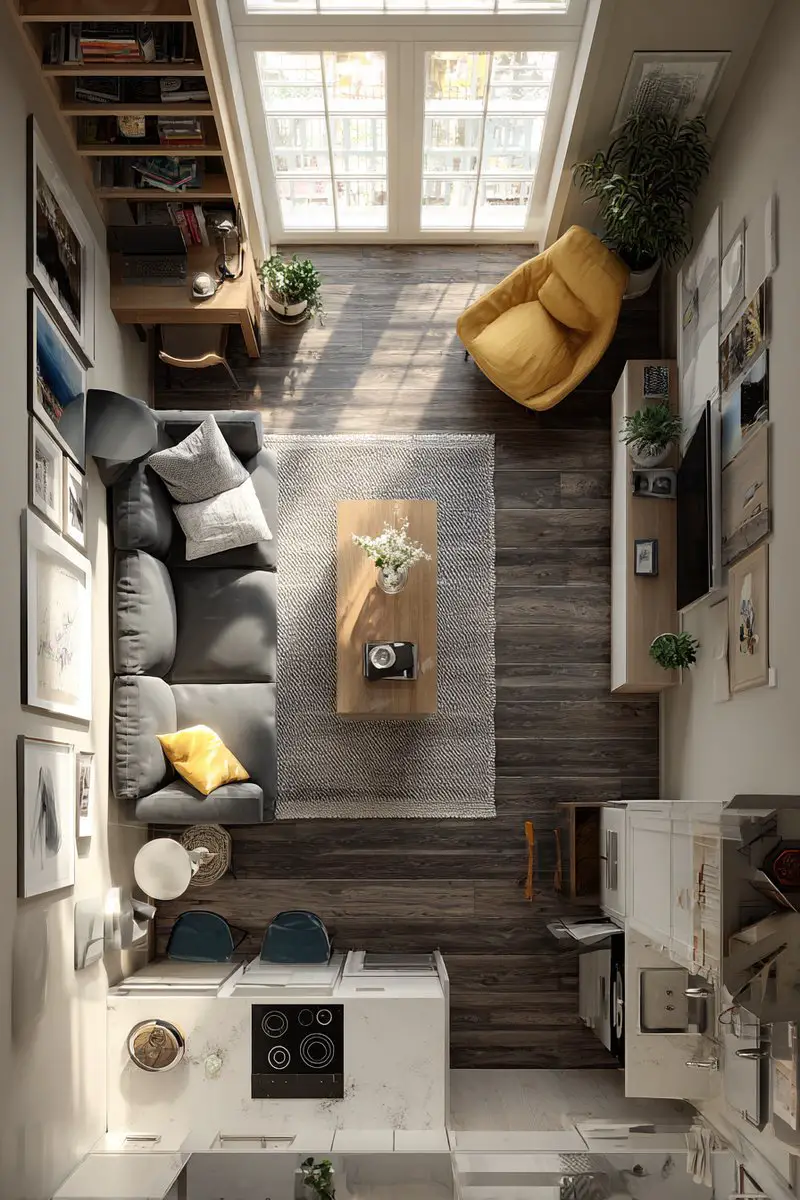
Lighter colors reflect light, making walls recede and rooms feel larger and airier. While you don’t have to stick to stark white, using a palette of soft neutrals, pastels, or light shades of color on walls is highly effective in small spaces.
Using a monochromatic or limited color scheme throughout the apartment can also create a sense of flow and continuity, making the entire space feel more cohesive and less chopped up. For instance, painting adjacent rooms similar light shades helps blur the lines between them.
This doesn’t mean your apartment has to be boring. You can add pops of color and personality through accessories, art, and textiles. “A light base color provides a calm canvas,” explains color consultant Emily Carter. “You can infuse personality with vibrant pillows, throws, or artwork, which are easy to swap out.”
Practical Tip: Paint the ceiling a color lighter than the walls (often white) to make the room feel taller. If you love bold colors, use them sparingly on accent walls, furniture, or decor rather than on all walls. Sample paint colors on your walls to see how they look in your apartment’s unique lighting conditions.
Beyond wall color, the colors and patterns of your textiles matter too.
9. Be Mindful of Textiles and Patterns
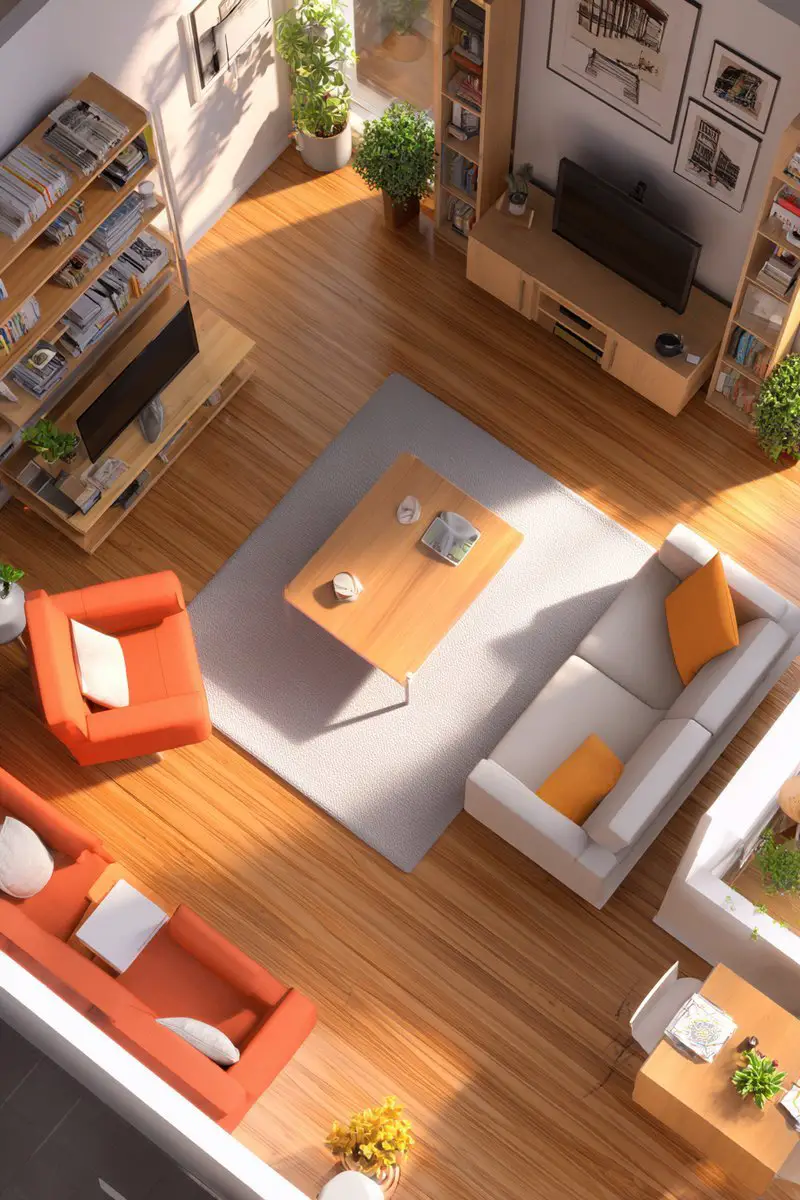
Just like wall color, the textiles you choose for rugs, curtains, and upholstery can impact the feeling of space. Large, busy patterns can sometimes overwhelm a small room, making it feel cluttered. However, this isn’t a strict rule; a single large-scale pattern used intentionally can work.
Generally, opting for solid colors or small, subtle patterns on larger items like sofas or rugs is safer. For curtains, choose light, airy fabrics that allow natural light to filter through. Hang curtains high and wide, extending beyond the window frame, to make windows appear larger and ceilings taller.
Layering different textures in similar color palettes can add depth and interest without adding visual clutter. Think about combining a chunky knit throw with smooth velvet pillows, or a jute rug with soft cotton curtains.
Practical Tip: Use rugs to define zones in an open-plan small apartment (e.g., a living area rug, a dining area rug). Ensure the rug is large enough to fit the main furniture pieces onto it, as a too-small rug can make the space feel smaller. For curtains, avoid heavy, dark drapes that block light and make the room feel closed in.
Keeping the flow of movement unobstructed is vital in compact living.
10. Keep Pathways Clear and Unobstructed
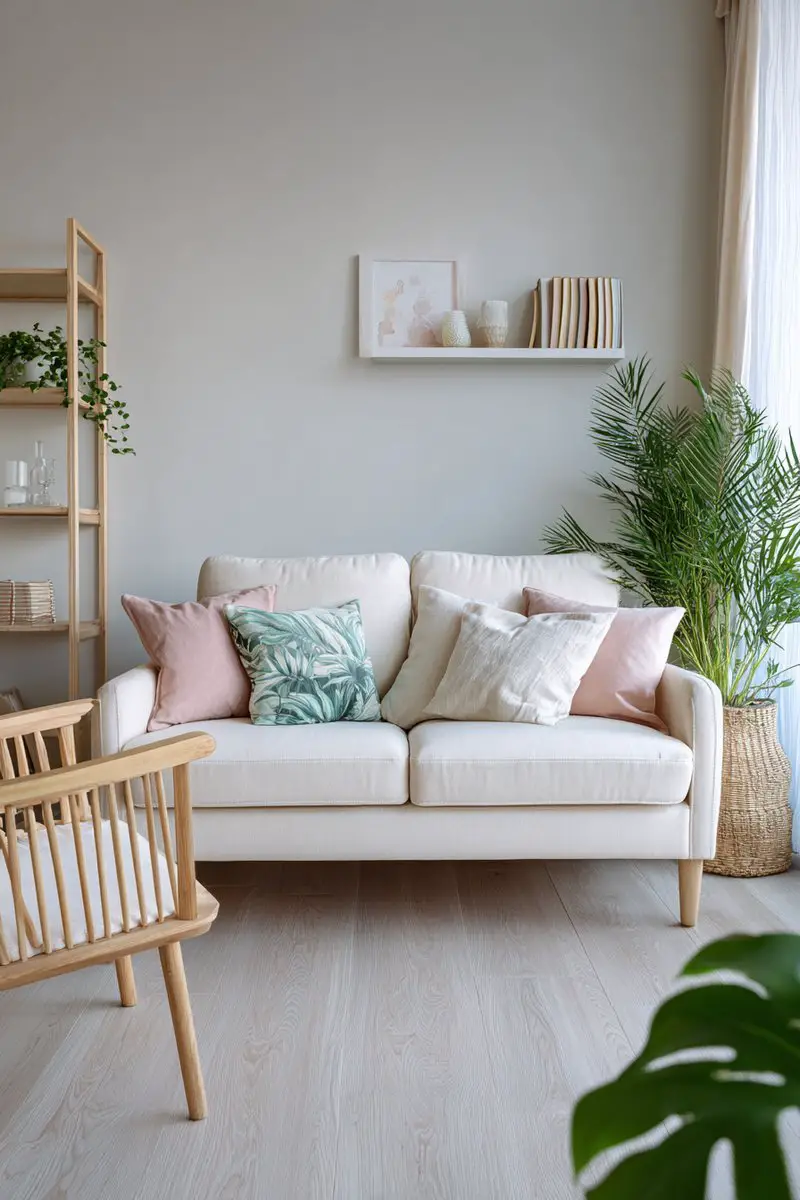
In a small apartment, tripping hazards and blocked walkways don’t just make the space annoying to navigate; they make it feel significantly smaller and less functional. Ensure there are clear paths for movement between furniture pieces and through different areas.
Arrange furniture so it doesn’t impede doorways or the flow of traffic. Pull furniture slightly away from walls where possible to create a sense of space (though this depends on the room size). Avoid placing large items in the middle of a room unless they are specifically designed to anchor a zone, like a small, functional coffee table.
According to spatial planning expert David Chen, “Even in the tightest spaces, maintaining clear sightlines and pathways is paramount. It improves functionality and makes the apartment feel more open and less cluttered. People should be able to move freely without bumping into things.”
Practical Tip: Measure the space needed for walkways – generally, aim for at least 2-3 feet of clearance for main pathways. Use furniture with rounded corners if space is very tight to minimize bumps and bruises. Train yourself to put things away immediately so items don’t pile up in walkways.
Every surface is an opportunity for clever storage solutions.
11. Utilize Under-Used Spaces (Under Bed, Above Cabinets)

Look for the hidden storage potential in your apartment. Spaces under the bed, above kitchen cabinets, behind doors, and even in corners can often be utilized more effectively. These often-overlooked areas can provide significant extra storage without taking up visible space.
Under-bed storage bins on wheels are perfect for storing seasonal clothes, extra linens, or shoes. Use attractive bins or baskets above kitchen cabinets for items you don’t use daily, like holiday dishes or infrequently used appliances. Over-the-door hooks or shoe organizers can free up closet space.
Think creatively about awkward corners. Corner shelving units or narrow vertical organizers can turn unused nooks into valuable storage or display areas. Even the space behind a sofa can sometimes house a slim console table or storage ottomans.
Practical Tip: Measure these awkward or hidden spaces before buying storage solutions to ensure a perfect fit. Opt for storage containers that are aesthetically pleasing since some of these areas might still be visible. Label everything stored in these areas for easy retrieval.
The size of your decor items also plays a role in how spacious a room feels.
12. Be Strategic with Wall Art and Decor
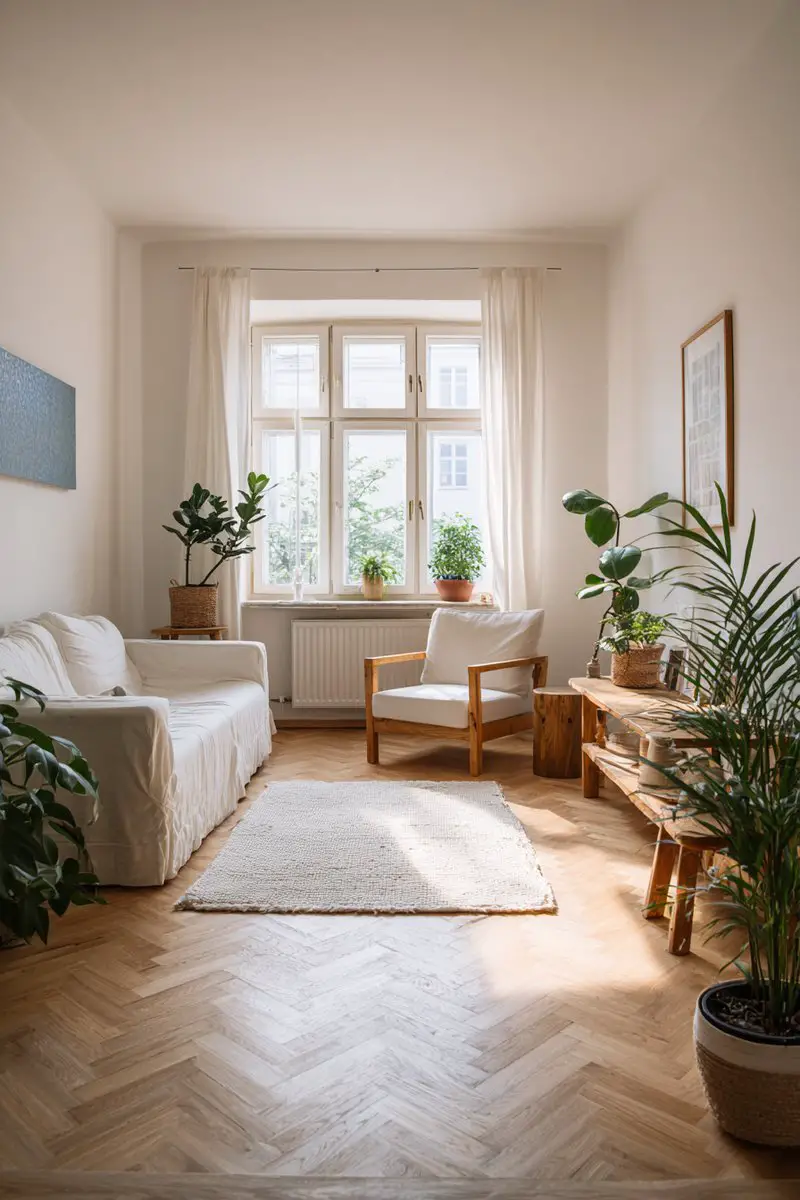
While it might seem counterintuitive, using a few larger pieces of art can often work better in a small space than many small pieces. A gallery wall can be effective if done thoughtfully, but too many tiny items scattered on walls and surfaces can look cluttered.
A single large piece of art can anchor a wall and draw attention, creating a focal point without overwhelming the space. Similarly, grouping decor items in threes or fives on surfaces can look more intentional and less cluttered than scattering single items everywhere.
Choose decor that complements the scale of your furniture and the overall style. Avoid overly bulky or numerous knick-knacks. Curate your collection and rotate items periodically if you have many things you love.
Practical Tip: Hang art at eye level. Consider using command strips or temporary hanging solutions if you’re in a rental apartment. Choose decor items that have a purpose or meaning rather than just filling space. Utilize wall-mounted planters or shelving for plants and decorative objects to save surface space.
Maintaining an organized space requires ongoing effort.
13. Develop an Organization System That Works for You
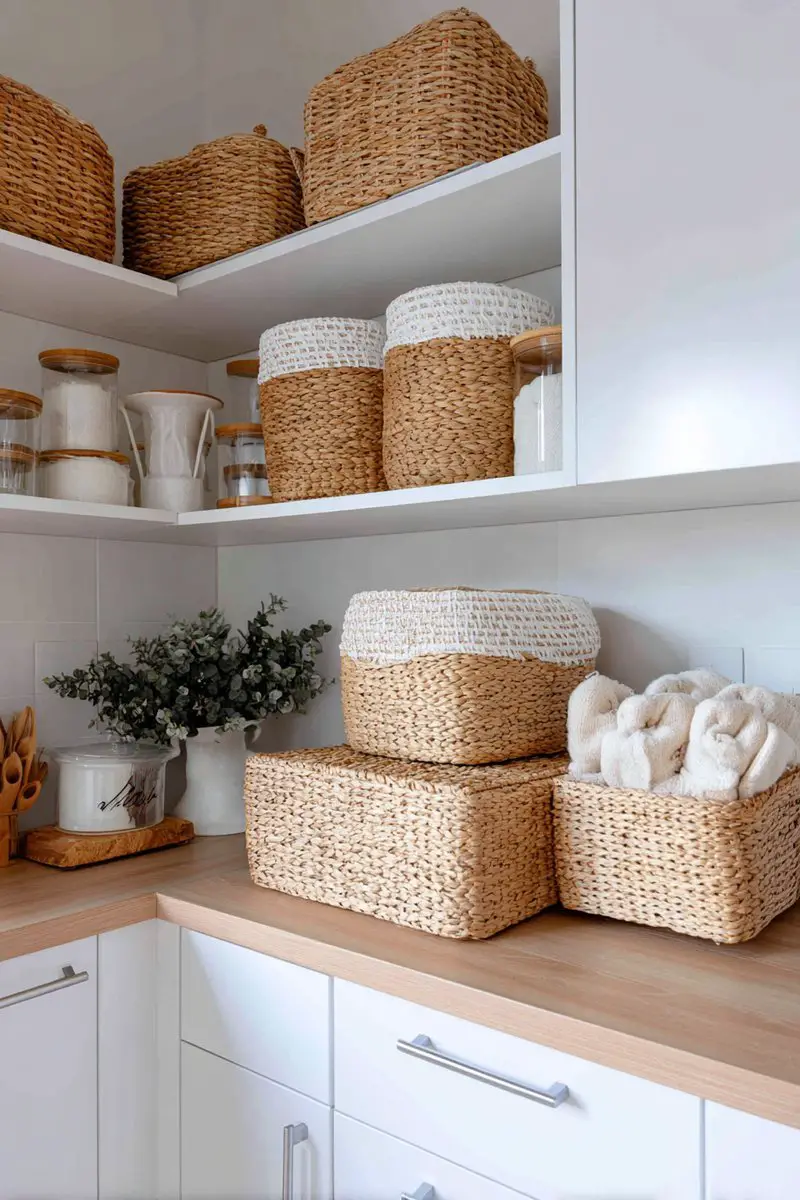
Having bins, shelves, and drawers is one thing; having a system for putting things away and keeping them organized is another. Find an organization method that aligns with your habits and lifestyle.
This might involve assigning specific homes for every item, using labels extensively, or implementing a routine like tidying up for 15 minutes each evening. Perhaps you prefer a minimalist approach where you constantly re-evaluate your possessions, or maybe a systematic approach with detailed categories works best.
“Consistency is key in maintaining organization in a small space,” says professional organizer Maria Perez. “It’s easier to keep a small apartment tidy if you have clear systems in place and stick to them. Don’t let clutter build up; address it daily.” This reduces the need for daunting deep-cleaning sessions.
Practical Tip: Start small by organizing one drawer or cabinet at a time. Experiment with different methods until you find what feels intuitive. Get buy-in from anyone else you live with to ensure everyone follows the system. Make putting things away part of your daily routine.
Even the smallest details, like the size of your rug, can impact perception.
14. Use Area Rugs to Define Zones
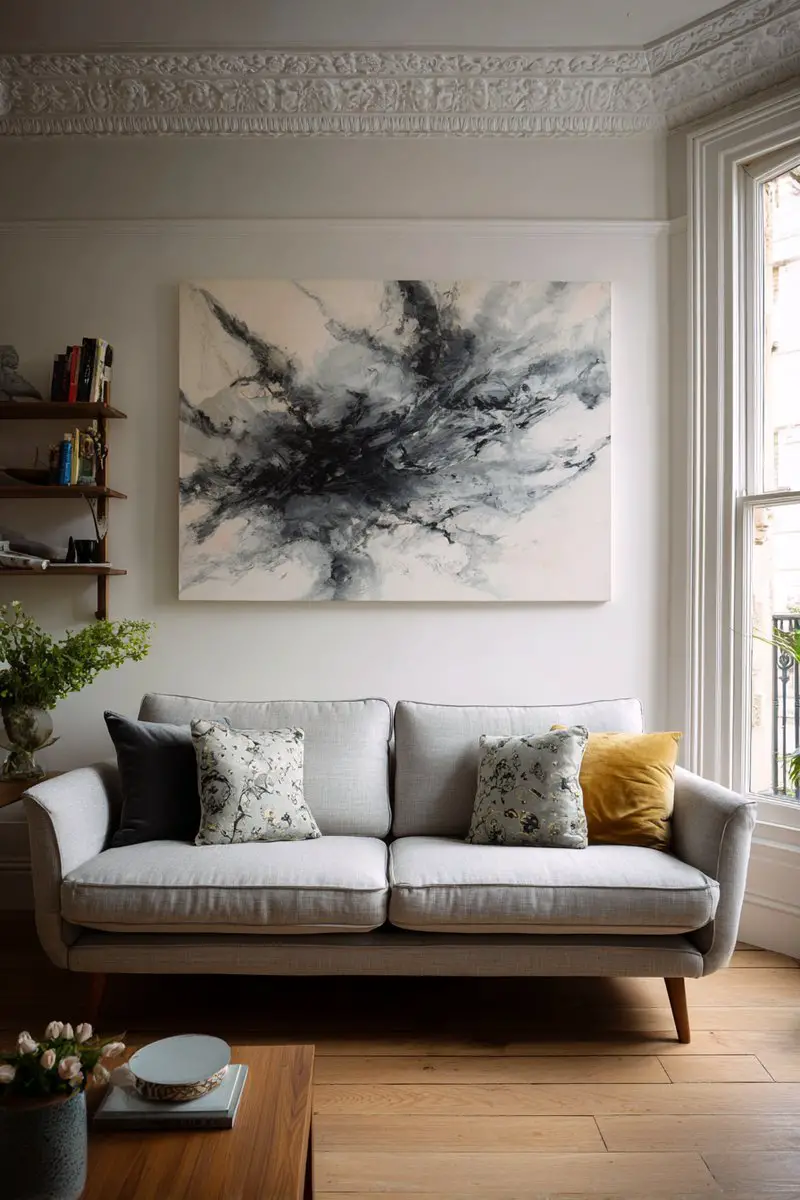
In open-concept small apartments, area rugs are incredibly effective at defining different functional zones without the need for physical walls. A rug can clearly demarcate the living area from the dining area or a workspace from a sleeping zone.
When using rugs to define zones, ensure the rug is appropriately sized. For a living area, the front legs of the main seating furniture (sofa, armchairs) should ideally sit on the rug. In a dining area, the rug should be large enough so that chairs remain on the rug even when pulled out.
Using a single, large rug in a main living area can actually make the space feel more cohesive and therefore larger than using multiple small, scattered rugs. The visual continuity helps expand the perceived boundaries of the room.
Practical Tip: Consider the texture and pattern of the rug relative to the rest of your decor. A neutral textured rug can add warmth without being visually overwhelming. For high-traffic areas, choose durable, easy-to-clean materials. Always measure your space before buying a rug.
Finally, sometimes the best solution is to have less stuff.
15. Adopt a Minimalist Mindset
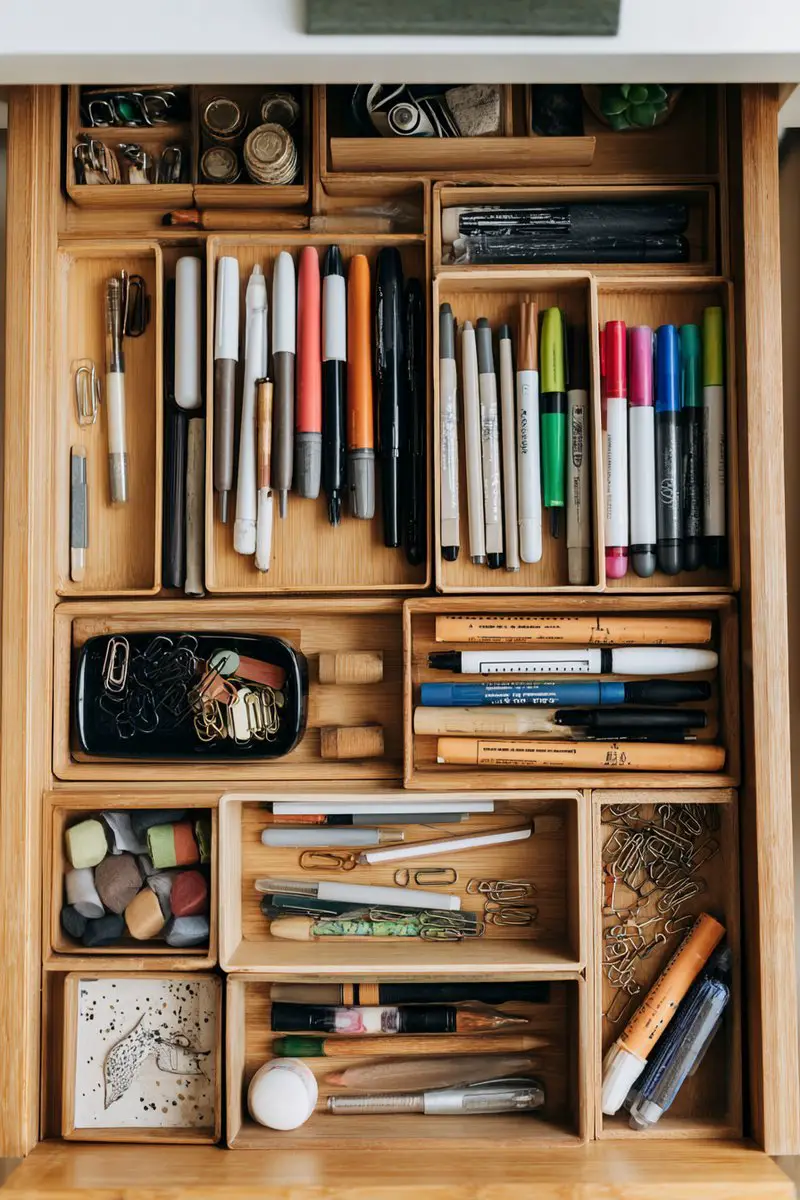
At its core, successful small space living often involves embracing a more minimalist approach to possessions. Minimalism isn’t about deprivation; it’s about intentionally living with fewer things that you truly need and love, freeing up physical and mental space.
This mindset encourages conscious consumption – thinking carefully before bringing new items into your home. It also promotes regular purging and appreciating the items you do own. The less you own, the less you have to store, organize, and clean around.
Studies suggest that clutter can increase stress levels, and this effect is often magnified in smaller spaces. Embracing minimalism can lead to a calmer, more functional, and aesthetically pleasing home. It allows the design elements and personal touches you *do* have to stand out.
Practical Tip: Start by trying a ‘packing party’ – imagine you’re moving and pack everything away as if you were. Then, only unpack items as you need them over a few weeks or months. Anything left packed after a set period can likely be donated or discarded. Continuously ask yourself if an item adds value to your life or space.
Navigating the confines of a small apartment doesn’t have to feel like a compromise. By thoughtfully applying these strategies, you can create a living space that is not only highly functional and organized but also reflects your personal style and feels truly comfortable. From mastering decluttering to choosing multi-functional furniture and employing clever design tricks, every tip contributes to making your small home feel more spacious and enjoyable. These 15 best living in a small apartment tips provide a roadmap for transforming tight quarters into your personal sanctuary.
Ready to make your small space shine? Start by implementing just one or two of these tips this week and see the difference it makes!
